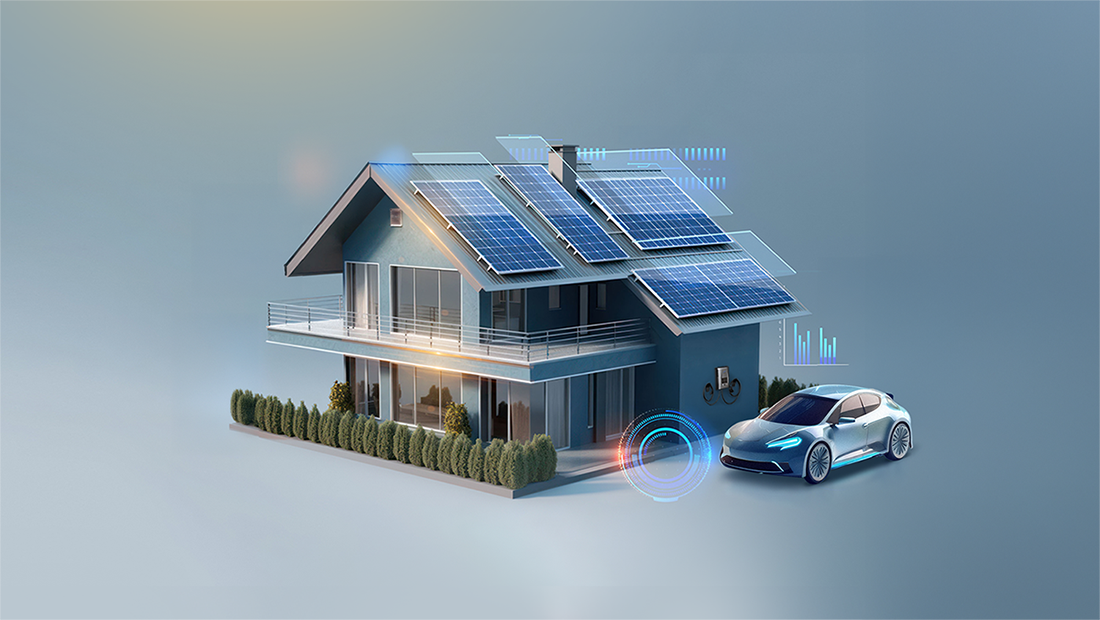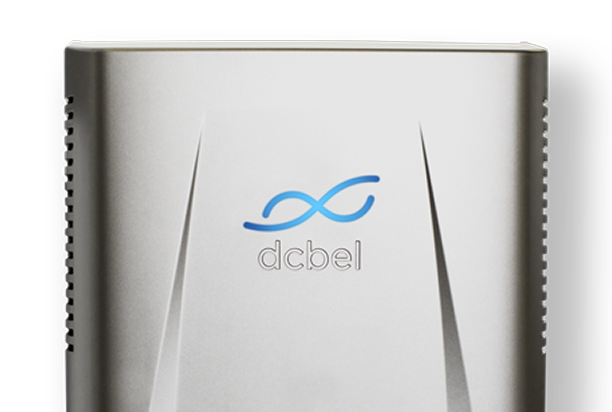Let’s face it—energy today isn’t just about keeping the lights on. It’s about freedom and peace of mind.
The average U.S. electricity bill hit $154 per month in 2025, highlighting the growing burden of energy costs. At the same time, power outages across the country now average more than six hours per year. In Texas, for example, the situation is even more severe, with outages lasting over nine hours hours in 2023.
Even when major events such as severe weather are excluded, Americans still experience about two hours of power interruptions annually due to routine issues such as maintenance and minor disruptions. While these routine outages are expected, the total duration can be significantly higher when factoring in increasingly frequent and unpredictable extreme weather events.
But it’s not just the duration of outages that’s concerning—it’s the unpredictability. Not knowing when the power will go out or how long an outage will last can leave families feeling vulnerable and helpless. That growing unease is reflected in recent data: 41% of consumers are more concerned about power outages now than they were a decade ago, and just 10% say they’re less concerned, despite continued investments in grid infrastructure.
And let’s not forget—energy is one of the last aspects of the home still waiting to be made smart. We’ve got connected speakers, video doorbells, robotic vacuums… even your cat’s litter box can be AI-powered. Yet, the way we use electricity has barely changed—until now.
We’re talking solar panels on the roof, a battery in the garage, and an EV parked in the driveway, all connected to a smart system that makes decisions for you. The result? Energy under your control, money saved, and peace of mind delivered.
Energy Freedom, On Your Terms
Picture this: the sun’s shining, your solar panels are soaking it up, and that power is flowing directly to where it’s needed most. Appliances in your home are running on solar, and when it’s time to top up your EV, the sun can power 20,000 free miles of range per year.
What enables you to do all this? The Home Energy Station—a system built not just for efficiency, but to offer the confidence, stability, and control that today’s homeowners need in an increasingly unpredictable energy landscape. With a Home Energy Station, solar energy can be routed straight into your EV’s battery, skipping the middleman. Think of it as your EV becoming a “home battery on wheels,” fueled directly by the sun.
Even better, the energy doesn’t just flow one way. Your EV can send power back to your home when the battery’s full (that’s called vehicle-to-home, or V2H), helping you run appliances during outages or high-cost hours. And when there’s extra to spare? You can sell energy back to the grid for a profit. That means your home isn’t just energy efficient—it’s energy smart, resilient, and even revenue-generating.
Beyond savings, your Home Energy Station can generate income. By participating in Virtual Power Plants (VPPs), homeowners can earn by supplying excess energy back to the grid during high-demand periods. Some programs offer payments of up to $2 per kWh during peak times, transforming your home into a revenue-generating asset.
More than the Sum of its Parts
Now, you might be thinking: “That’s a lot of moving parts. How do I keep up?” Enter Orchestrate — the AI-driven operating system that helps you make smarter, faster decisions with less effort.
Think of Orchestrate as your home energy concierge. It learns your habits—when you use electricity, when your panels are producing, how often you charge your EV. Then it gets to work fine-tuning how your solar, storage, and EV charging all work together to save you money, reduce grid strain, and make the most of your energy.
Want to save money? Done. Lower your carbon footprint? Absolutely. Still need to run the dishwasher and heat the water in time for your evening shower? Of course. With Orchestrate, you don’t have to choose between comfort, sustainability, and savings — you get it all.
No sacrifices, no disruptions — just a smarter, smoother way to power your life.
It’s not just about using energy efficiently—it’s about producing it smartly too. Orchestrate communicates with your utility in real-time to find out when the grid needs help. You’re in charge—send energy back when it works for you. And when you do, that’s when the big rewards kick in. Full control. Real benefits.
Engineered for Everyday Energy
We’ve all heard the whispers: “Won’t all that charging and discharging wear down my battery?”
According to Alex Petrofski, head of Volvo Cars Energy Solutions, bidirectional is designed to be completely safe and reliable for everyday use by regular consumers. EV batteries are built with enough headroom to handle the extra cycles from Vehicle-to-Home (V2H) or Vehicle-to-Grid (V2G) applications without significant degradation.
Thomas Martin, director of sales engineering at Swtch, reinforces this idea: “The fear is overrated. Your car is designed for a lot more cycles than most people ever use.” In other words, for the average driver, using your EV as a home energy resource isn’t going to shorten its lifespan.
With smart systems like Orchestrate managing charge and discharge cycles based on battery health and real-time energy needs, homeowners can confidently tap into bidirectional charging without worrying about long-term wear. You can unlock value without compromising longevity.
Privacy that Puts You First
With all this smart tech, you might be wondering about your data. Fair question.
That’s where dcbel’s Chorus steps in. Chorus is the encrypted gateway between your Ara device and the outside world. Every bit of data is encrypted with TLS, and access is locked down with OAuth 2.0, the same standard trusted by companies like Google and Microsoft. And it complies with heavy-duty industry protocols like IEEE 2030.5 and OpenADR.
Translation: Your smart home stays smart and safe.
This Isn’t the Future—It’s Now
So yes, powering your home and charging your EV with sunshine is a smart move—one that offers real energy savings and environmental impact. But doing it with a system that thinks for you? That’s another dimension entirely. It’s about having technology that doesn’t just store and distribute energy, but intelligently optimizes when to use, store, or even sell it—automatically adapting to your needs, electricity prices, and even grid demands without you lifting a finger.
This isn’t just about saving energy. It’s about claiming control over how your home operates, moving beyond passive consumption to active participation in the energy economy. It’s about building a home that anticipates your needs, protects you during outages, earns you revenue during peak demand, and works just as hard and smart as you do. It’s energy on your terms—reliable, profitable, and personalized.


